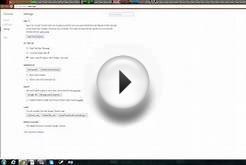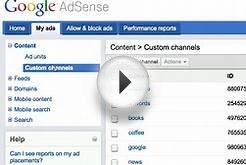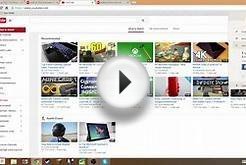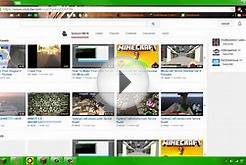Ads at the top of the page may look slightly different than ads in other positions on a search results page. Top ads are wider and, on some devices, can combine multiple lines of ad text into a single line. In some cases, if we've determined that your first description line is clearly a complete phrase or sentence, we might add part of your description to your headline, creating a longer, more noticeable headline.
When there's enough space, we may also add your website's domain to your ad's headline. The domain will be separated from your headline by a visual separator to make it easy for users to see, such as a vertical pipe ("|"), hyphen, or other separator.
How AdWords chooses top ads
To be eligible for a top spot, your Ad Rank needs to meet a minimum threshold. The minimum Ad Rank required to appear above search results is generally greater than the minimum Ad Rank to appear below search results. As a result, the cost-per-click (CPC) when you appear above search results could be higher than the CPC if you appear below search results, even if no other advertisers are immediately below you. Although you may pay more per click, top ads usually have higher click-through rates and give you access to certain ad extensions (like sitelinks) and other features available only in top ad positions. As always, you’re never charged more than your max CPC bid.
Ads at the top of a page generally have the following qualities:
- High relevance: The ad text and landing page are relevant to a person seeing your ad.
- Good performance over time: The ad consistently generates clicks.
- Competitive bids: The ad's bid is competitive with other advertisers and exceeds the top of page bid estimate.
We can only show up to four ads at the top of a search results page. Because Ad Rank and thresholds are recomputed on every page, ads can sometimes appear in a top spot on one page and then again in a bottom spot on the following page.
















